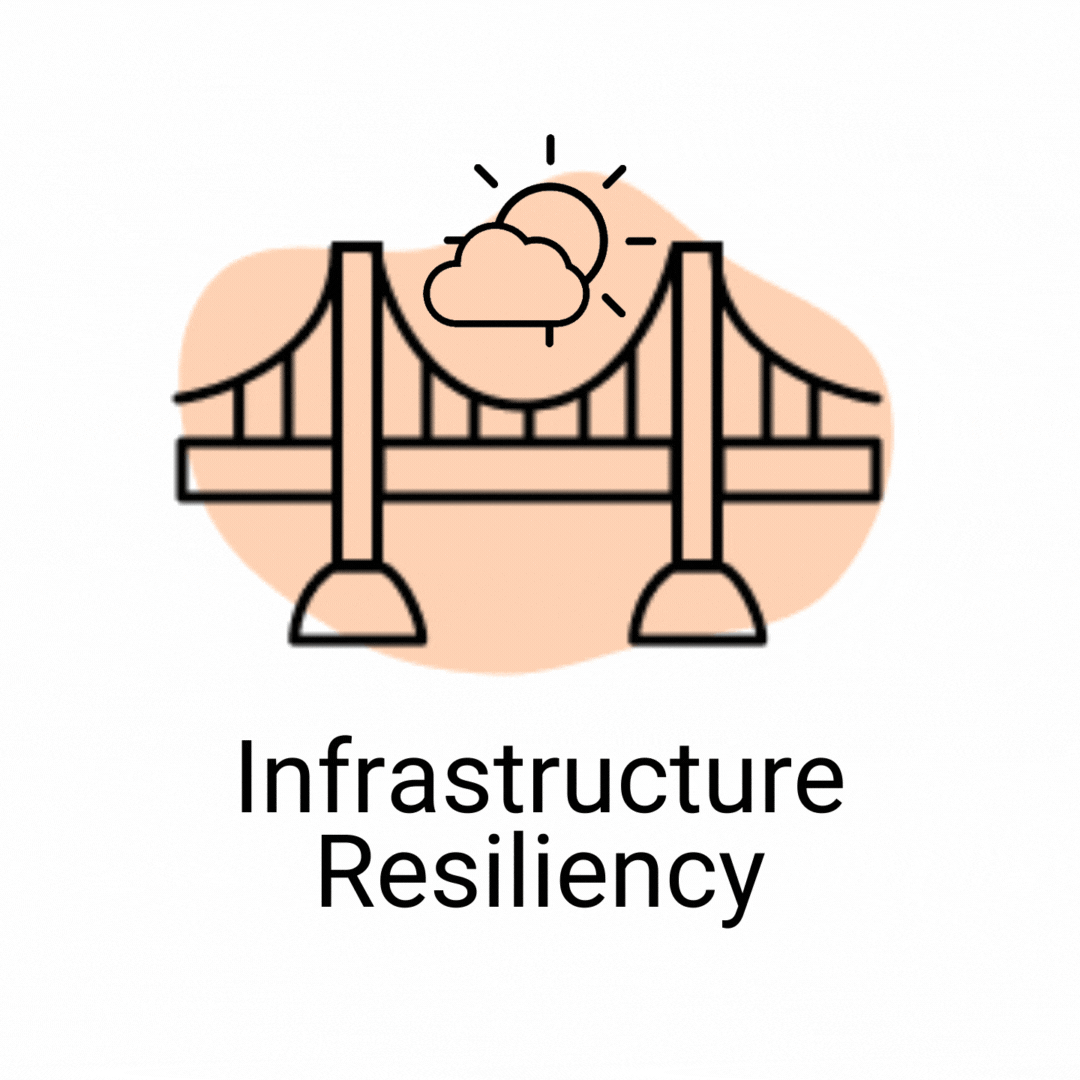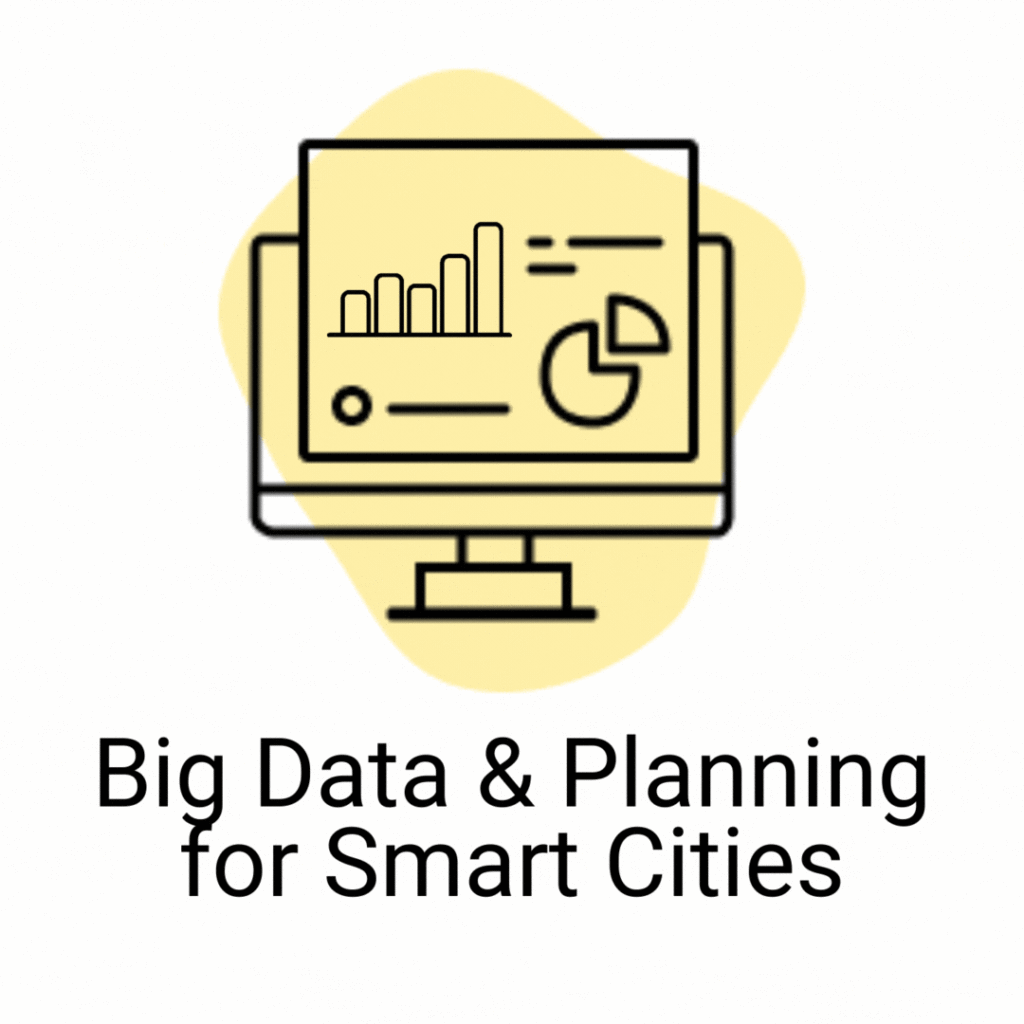Overview
Non-recurring traffic congestion, in the form of traffic incidents) accounts for over 50% of day-to-day traffic delays. We are also seeing an increasing frequency of both major traffic disruptions, both anticipated (e.g., hurricanes) and no-notice (e.g., man-made disasters). Changes in traffic patterns under such conditions render existing control strategies, which are typically optimized to handle “typical” traffic conditions, obsolete. In fact, these control strategies can even contribute to worsening traffic conditions.
As new sources of traffic and related data are becoming more widely available and at a granularity that was inconceivable only a decade ago, our ability to measure traffic conditions and detect incidents has dramatically improved. Responding to such conditions in real-time via control strategies that are tailored to the nature of the incident is a natural next step in the process. But performing optimal control calculations in real-time and in a way that captures (i) uncertainties in the evolution of traffic conditions and (ii) queue build-up and dissipation dynamics in a network setting cannot be achieved with present state-of-the-art algorithms.
This project developed real-time distributed network control techniques capable of utilizing various types of real-time traffic data, from both fixed and mobile sources. The work is divided into two major parts: traffic state estimation when data is limited and adaptive control. The first part develops techniques that produce data needed for the control techniques. Stochastic models of traffic flow for modeling uncertainty in traffic conditions are first developed and then state estimation techniques that aim at imputing traffic data spatially are developed and tested.
The project resulted in a new kind of backpressure algorithm tailored to traffic dynamics (i.e. queue buildup and dissipation). The proposed approach overcomes drawbacks in the original theory from a traffic dynamics point of view, specifically, infinite arc capacities, point queues, independence of commodities (turning movements), and there being no analogue for start-up lost times in communications networks (where BP was originally developed). These are critical features in intersection control. The backpressure control technique developed in this report is based on macroscopic traffic flow and is referred to as position-weighted backpressure (PWBP).
A microscopic traffic simulation model of an eleven-intersection network in Abu Dhabi was used to test the proposed PWBP control policy. Comparisons against coordinated and optimized fixed signal timing, standard BP, and a capacity-aware variant of BP (CABP) were carried out, and the results indicate that PWBP can accommodate higher demand levels than the other three control policies and outperforms them in terms of total network delay, congestion propagation speed, recoverability from heavy congestion, and response to an incident.
Research Objectives
The research culminated in a prototype distributed traffic control algorithm, which is fully documented in the project’s final report. Coupled with vehicle-to-infrastructure and sensor-to-infrastructure communication, the algorithm can be implemented at the roadside.
As part of this project, the research team developed an emulator of the Split Cycle Offset Optimization Technique adaptive traffic signal control system using Artificial Neural Networks. The derived model is shown to replicate the adaptive behavior of SCOOT using real-world data. A detailed tutorial documenting the methodology for developing the emulator and Python tutorial code are available below.
Implementation of the research tools developed in this project is envisioned to substantially enhance traffic control in congested networks, reducing congestion network wide via distributed algorithms. From a theoretical standpoint, the research tailors data analysis techniques to traffic problems in novel ways, advancing knowledge in both traffic engineering and data analysis.






